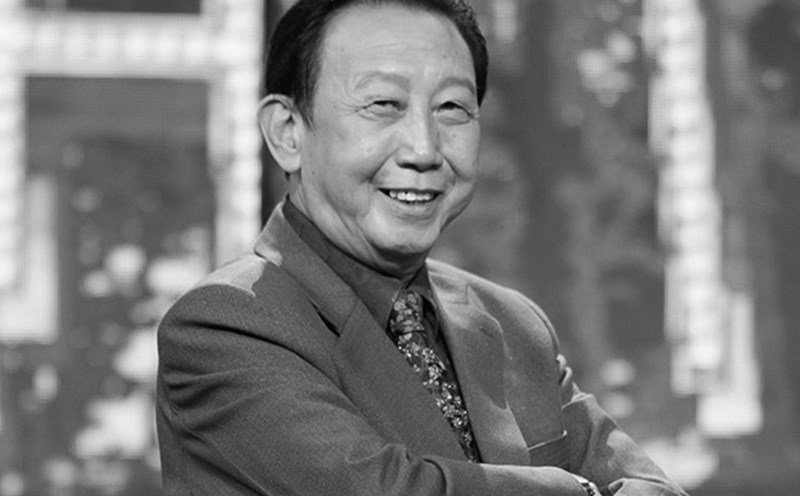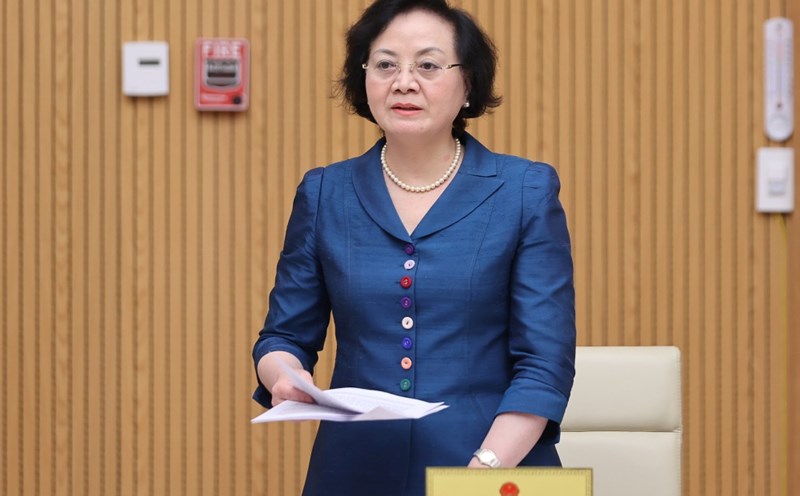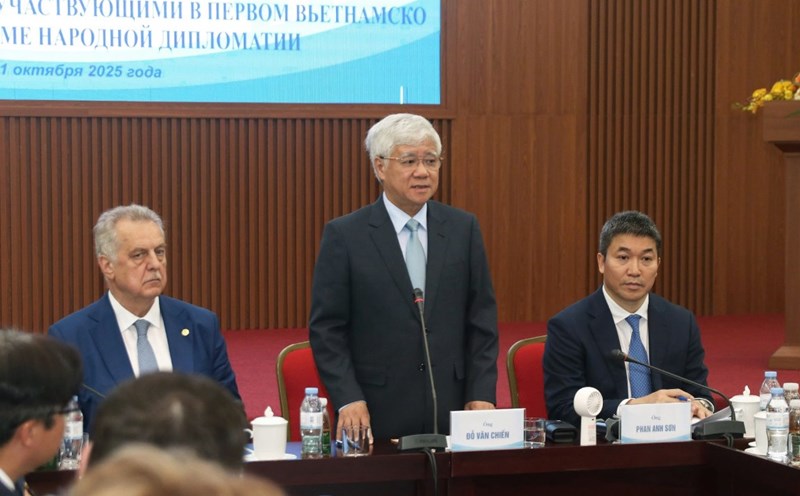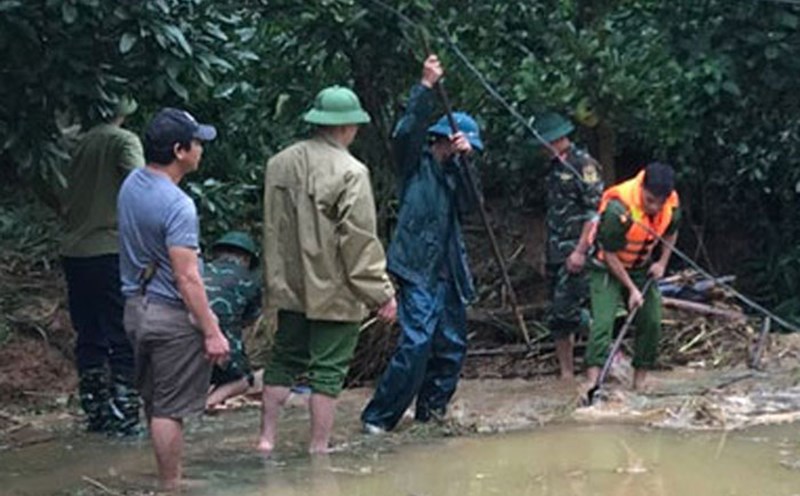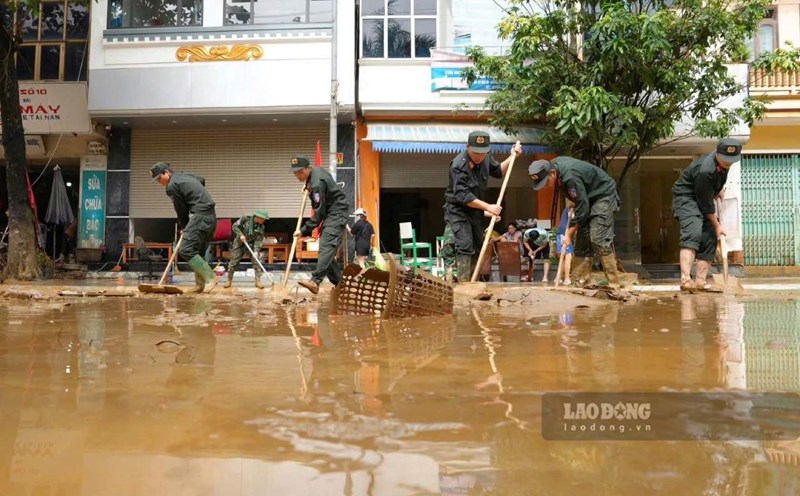From all together to acting together
According to Ms. Pham Thi Ngoc Thuy, Director of the Office of Board IV: "The State cannot do everything by itself, and private enterprises cannot do it alone. But if we join hands, Vietnam will have a new competitive advantage. This is not only an affirmation, but also a shift in development thinking: from "all work hard" to "act together".
The core difference of ViPEL compared to the traditional public-private partnership (PPP) model is the scope and depth of cooperation. If PPP is mainly associated with infrastructure projects with recovered capital, then "public-private partnership" extends to the entire process: from determining goals, allocating resources, to monitoring implementation and sharing benefits. This companionship helps avoid group interests, while creating trust for the private sector to participate more deeply in national programs.
ViPEL is designed as a quick action map, with three project levels. Including: ViPEL 20: 20 national strategic projects, focusing on key infrastructure, core industry, breakthrough technology and key value chains. ViPEL 200: 200 local-level projects, aiming to remove bottlenecks in logistics and human resources, and promote regional advantages. ViPEL 2000: 2,000 grassroots-scale projects, directly linked to employment, life and sustainable business model in the community.

This design method both creates vertical connectivity (from the central to the grassroots level) and opens up opportunities for businesses of all sizes to participate, from large corporations to small and medium enterprises, and cooperatives.
To ensure reach, ViPEL applies the "Gold Star" model: large enterprises lead, attracting the participation of small and medium enterprises into the value chain. At the same time, the Business Trust Index ( CEOCI) is designed to directly reflect the recommendations of businesses and report directly to the Prime Minister. This mechanism not only shortens the processing process, but also affirms that the private sector is no longer an "outside the scope", but directly participates in policy design and supervision.
Pioneering and committed businessman
The highlight of the thematic meetings of Committee IV is not only the model, but also the inspiring stories and speeches of entrepreneurs.
At the discussion session on September 30 on financial technology and digital assets, billionaire Nguyen Thi Phuong Thao (Chairman of Sovico) recounted her journey to "rescue" HoSE in 2020 with FPT: "Personally, I do not have a securities account. But when we saw that HoSE was at risk of a blockage, we asked to contribute and contribute. Without pioneering, ideas will never come true.
This story shows the power of the private economy when daring to get into "national calculations". From technology solutions to financial resources, private enterprises have proven their ability to create value for the entire system, even when the legal mechanism is not yet complete.
Meanwhile, Mr. Tran Thanh Hai, Deputy General Director of VinaCapital, proposed: "Industrial real estate should be considered a national asset, not simply a business type". According to him, when land, infrastructure and energy are well managed, Vietnam will retain FDI attraction and create a foundation for domestic enterprises to develop.
Mr. Pham Hong Diep (Chairman of Shinec) emphasized the decisive factor: "We should just do it if we have never done it. The Government and the Central Government will resolve the issue. If we just wait to be qualified, we can never start.
These statements demonstrate the aspiration and commitment of the business community - a key factor for " common good and neighborhood" from the slogan to practice.
At the meeting of the III Committee on October 1 focusing on the manufacturing industry, many enterprises agreed on the view of creating an auxiliary industry alliance to increase the localization rate and added value of the manufacturing industry.
Mr. Vu Van Tien - Chairman of the Board of Directors of Geleximco Group said: Our intelligence and ideas are available, the problem is how to act in difficult circumstances. Instead of 10 people doing it, if a million people do it together, it will become a movement.
He emphasized the need to form a business alliance to increase the localization rate and develop supporting industries in the next 5 years.

Meanwhile, Tran Thi Thu Trang (Chairwoman of the Board of Directors - General Director of Hanel PT) gave a specific example: just by raising the rate of agricultural - aquatic processing by 10%, Vietnam can earn an additional 5 - 7 billion USD per year. She proposed a model of an encapsulation processing alliance, combining large, medium and small enterprises and cooperatives.
From the perspective of a circular economy, Mr. Hoang Duc Vuong (Chairman of Vietcycle Corp) suggested: "When foreign enterprises enter Vietnam, they should join businesses, so that domestic enterprises can learn from them".
These initiatives not only aim to solve immediate difficulties, but also pave the way for the private sector to improve endogenous capacity, becoming a long-term pillar productive force.
3 important commitments
It is also necessary to recall at the opening session, Ms. Pham Thi Ngoc Thuy - Director of the Office of Board IV, said that ViPEL's activities do not only take place once but are maintained regularly: the committees and working groups evaluate the room for industry development, develop strategies and implement key projects; the annual "Overview of the Private Economy" program will assess the overall private economy, organize high-level public-private dialogues, honor typical entrepreneurs, businesses and localities, and connect Vietnam with the region and the world.
Ms. Thuy emphasized 3 commitments that both sides must share, including intelligence - having vision and substantial participation; time - because this is a long-term process, continuous operation; and finance - to maintain supervision, coordination, and effective measurement activities. This convergence will create enough momentum to turn the Central Committee's resolutions, such as Resolution 68 on private economic development of the Politburo, into practical values.
On October 10, the first ViPEL panoramic program will take place in Hanoi. In the morning, the committees work with public-private partners and state agencies, in the afternoon the model is officially introduced to senior leaders with specific action commitments. This is expected to be an important step to "public - private property in defending the country" not only as a slogan but also become a practical operation, paving the way for a new, more transparent and effective mechanism.
ViPEL also clearly identifies the long-term goal of encouraging private enterprises to play a worthy role in national development, spreading social values such as community health, social security and regional linkages. With this orientation, "civil-political cooperation in defending the country" not only solves immediate problems but also lays the foundation for long-term, sustainable cooperation, helping Vietnam move closer to the goal of greatness and prosperity.
ViPEL, an acronym for the Vietnam Private Economy Overview model, is an initiative initiated by Committee IV under the direction of the Prime Minister. The forum was established with the goal of creating a comprehensive picture of the private economic sector, while promoting a new cooperation mechanism between the State and enterprises.
ViPEL's structure includes 4 thematic committees, each committee is in charge of a key field: Committee I is in charge of emerging technology and innovation industries; Committee II focuses on infrastructure development and industries with national competitive advantages; Committee III is associated with manufacturing industries; while Committee IV focuses on resources and services. Members of the committees are representatives of enterprises, professional associations, experts and management agencies, to create a space for two-way policy exchange.
According to the plan, on October 10, each committee will announce at least one typical project to senior leaders, considering it a testament to the spirit of "public - private harmony in national defense" that ViPEL pursues. This is considered an important milestone to verify the effectiveness of the model and the level of commitment between the public and private sectors in creating economic policies.




